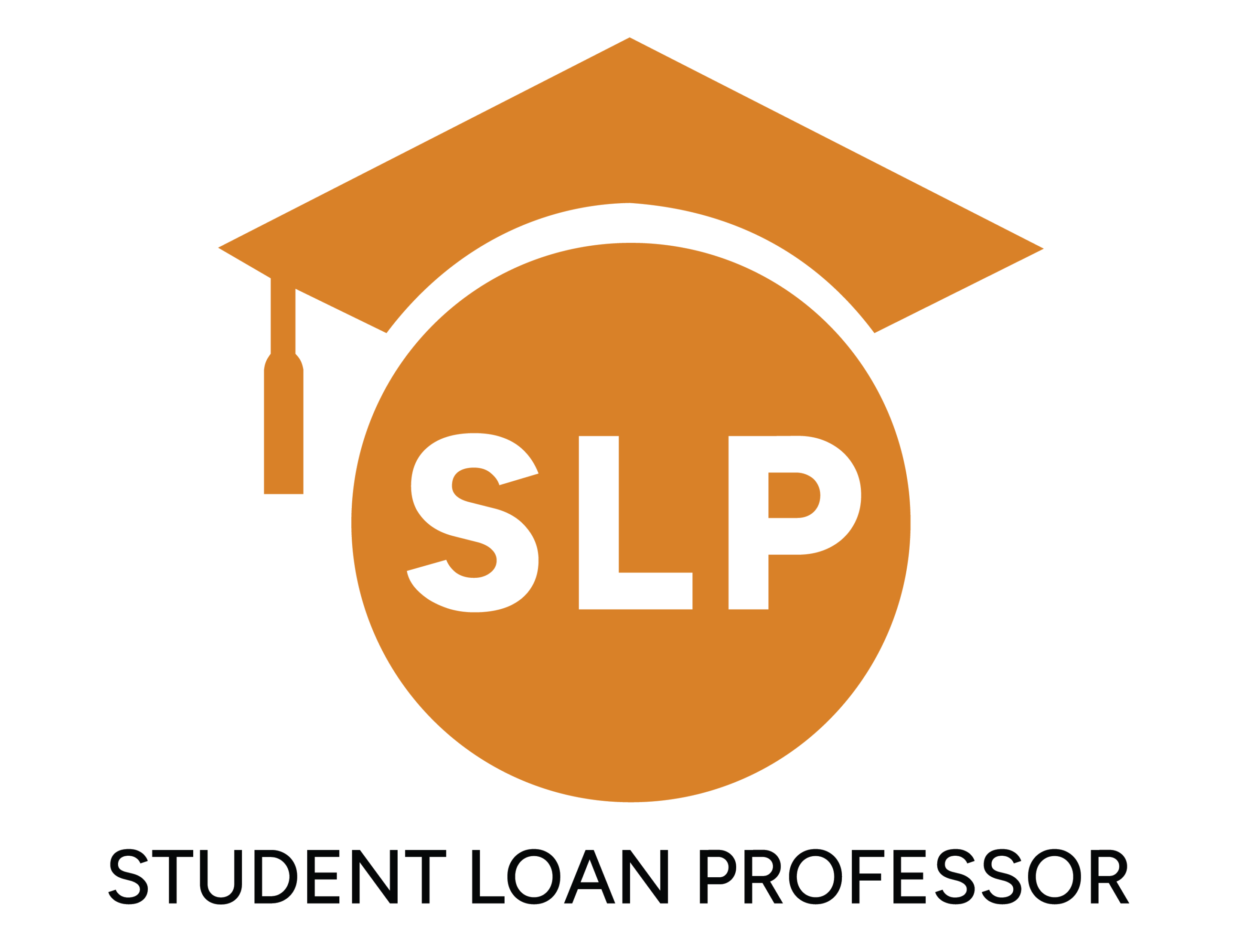Student loans will become more accessible in 2024, especially with the SAVE (Saving on a Valuable Education) plan replacing the REPAYE program.
The SAVE plan is designed to reduce monthly payments, stop interest from accumulating, and provide generous forgiveness options.
While this may not be the ultimate solution to the rising interest rates, it provides more flexibility in managing your student debt in the long term.
Whether you’re pursuing an undergraduate degree or advanced studies, understanding your options and how to apply for a student loan in these times is vital.
Keep reading, and you’ll learn more.
Key Takeaways
- The SAVE plan reduces payments, prevents interest accrual, and offers generous forgiveness.
- Federal student loans require completing the FAFSA and selecting the right loan type.
- Private student loans depend on creditworthiness, with higher rates and fewer protections.
- Compare lenders and consider expert guidance to secure and manage student loans effectively.
How to Get Federal Student Loans
Before taking out a federal student loan, there are two major things to note.
Firstly, you must complete the FAFSA (Free Application for Federal Student Aid). Secondly, while there are several loan types available, not every type may be right for your situation.
We’ll lay out the steps to get a federal student loan in detail below.
Step 1: Fill Out The FAFSA
The FAFSA collects your financial information to determine your eligibility for various types of federal aid, including loans, grants, and work-study programs.
You can fill out the form online at the official website, fafsa.gov. However, be sure to keep track of the submission deadlines. The federal FAFSA submission deadline is typically June 30, but individual states and schools may have earlier deadlines.
Prepare to submit copies of essential documents, such as your tax returns, W-2s, and any records of untaxed income. Dependent students will also need their parents’ financial information.
Step 2: Review Your Student Aid Report (SAR)
You’ll receive a Student Aid Report after your FAFSA is processed. This report summarizes the information you provided, including your Expected Family Contribution (a number used to determine your eligibility for need-based aid, like direct subsidized loans.)
Your SAR or EFC might contain errors or be subject to further verification if your data appears inconsistent or incomplete. To avoid delays during your application, review the report carefully before proceeding.
Step 3: Choose a Loan Option
Direct Subsidized Loans
These loan types are available to undergraduate students with demonstrated financial need. Your EFC must be low to qualify for such loans—the lower it is, the higher your chances of qualifying.
Although there is no specific ‘cutoff’ EFC number that guarantees eligibility, your financial need is determined by subtracting your EFC from your school’s Cost of Attendance (COA).
Typically, students with an EFC between $0 and $5,800 qualify for some subsidized loans. However, this can vary depending on the school’s COA and available aid.
Direct Unsubsidized Loans
Unlike subsidized loans, all students can apply for unsubsidized loans, regardless of their or their family’s financial situation. However, the loan amount is still limited by your school’s COA and other aid received.
The interest here begins to accrue as soon as the loan is disbursed, even while you’re in school or during deferment periods. If you don’t pay this interest while studying, it gets added to the principal balance when repayment starts.
There’s also a loan fee deducted from each disbursement. In 2024, the fee is around 1.057%. This means the amount you actually receive will be slightly less than the loan amount, but you’ll still need to repay the full amount.
Also, the loan limits vary by year and dependency status. For example, dependent undergraduates can borrow up to $5,500 to $7,500 per year, while independent undergraduates may qualify for up to $12,500 per year. Graduate students can borrow up to $20,500.
Direct PLUS Loans
Direct PLUS loans are for graduate students and parents of dependent undergraduates. Unlike other federal student loans, this type requires a credit check, but the criteria are relatively lenient; the main concern is whether you have an adverse credit history.
For instance, factors like bankruptcy, foreclosure, or accounts that are 90 days delinquent could affect your eligibility. However, you could still qualify for a loan by applying with an endorser who has good credit (similar to a co-signer).
It’s important to be aware that Direct PLUS Loans come with higher interest rates and fees. For the 2024 academic year, the rate is 8.05%, which is much higher than that of undergraduate loans. A loan origination fee of 4.228% is also deducted from the amount disbursed.
On the brighter side, this loan type has flexible repayment options that allow you to defer payments.
Direct Consolidation Loans
This loan option allows you to combine multiple federal loans into a single loan with one monthly payment. For instance, Parent PLUS loans can be consolidated, allowing a longer repayment term and reducing monthly payments.
Consolidation also allows Direct PLUS loan owners to become eligible for IDR plans. However, it limits some of the more flexible repayment options.
Step 4: Accept the Loan
After your school determines your aid eligibility, you’ll receive a financial award letter. This letter will outline the federal student loans you’re eligible for, including grants, scholarships, or work-study offers.
It’s wise to accept only the loan amount you need to prevent higher repayments in the future.
Step 5: Complete Entrance Counseling and Sign the MPN
The entrance counseling program helps you understand your loan obligations. An MPN (Master Promissory Note) is also a legal agreement that outlines the terms of your loan, including interest rates, repayment plans, and consequences of non-payment.
Completing these two is a compulsory criterion before disbursement of loan funds.
How to Get Private Student Loans
Applying for a private loan is different from applying for federal student loans, considering they come from banks, credit unions, or online lenders.
Step 1: Initial Preparation
Start by calculating how much funding you require. It’s necessary to borrow only what you need, considering private loans have higher interest rates and fewer borrower protections than federal loans.
You should also check your credit score. Typically, you enjoy lower interest rates if you have a credit score of at least 700. This score shows that you’ve been consistent with repaying your loans.
An extremely low credit score may prevent you from securing a loan. In such cases, you would need to provide a creditworthy co-signer (typically a parent or guardian) to obtain a loan.
Step 2: Research and Compare Lenders
Lenders may offer different interest rates – the differences might seem minor at first but can add up significantly over time.
Finding the best lender is a crucial yet demanding step in this process.
While most students choose to work with brokers that help source loan deals, a more suitable approach would be to also work with expert advisors like Student Loan Professor. This would ensure that you’re not only getting the best loan deal but also have a well-planned strategy to manage your debt.
Step 3: Get Prequalified
Before approving your loan request, lenders often perform a hard credit check, which can affect your credit score. However, this check is worthless if you don’t qualify for the loan.
Prequalification allows you to get an estimate of your potential loan terms without impacting your credit score. It’s best that you not only choose a lender that offers this feature but also check to ensure you’re fit for the loan before applying.
Step 5: Apply and Submit the Required Documents
You’ll be required to provide the following:
- Personal Information: Social Security number, date of birth, and address
- Financial Information: Income statement, employment details, and possibly tax returns
- Co-signer Information: If required, they’ll need to provide similar financial and personal information.
The lender may request additional information, like
- Proof of enrollment at an eligible school
- Tuition and fee details from your school’s COA
- Identification documents such as driver’s license
Top 5 Sites/ Resources You Should Bookmark If You Plan On Getting a Student Loan
| Resources | Description |
| StudentLoanProfessor.com | – Offers resources on managing federal and private student loans. – Provides guides on repayment strategies, forgiveness programs, and loan consolidation. – A good resource for understanding loan policies and long-term debt management. |
| FAFSA.gov | – The official site for completing the FAFSA form – Offers deadline information and calculators |
| StudentAid.gov | – Managed by the US Department of Education, this site covers all federal aid programs. – Tracks loan balances and repayment progress. |
| NSLDS.ed.gov | – The National Student Loan Data System (NSLDS), a federal tool to track all your federal student loans – Important for managing multiple loans. |
| Credible.com | – A private loan comparison tool for student loans and refinancing options – Prequalify for loans and compare lenders based on rates, terms, and fees. |
Manage Your Debt Effectively with Student Loan Professor
While applying for a loan may seem tricky, it’s often one of the more straightforward steps in your student loan journey. Managing your debt takes even more effort and understanding.
As you apply for a student loan today, make sure to develop a feasible repayment strategy. This way, you avoid any future debt issues. We’re ready to help you with this. Book a slot today to consult with our best experts!
Brandon Barfield is the President and Co-Founder of Student Loan Professor, and is nationally known as student loan expert for graduate health professions. Since 2011, Brandon has given hundreds of loan repayment presentations for schools, hospitals, and medical conferences across the country. With his diverse background in financial aid, financial planning and student loan advisory, Brandon has a broad understanding of the intricacies surrounding student loans, loan repayment strategies, and how they should be considered when graduates make other financial decisions.



![Our Honest Thoughts On Aidvantage Student Loans [For 2025]](https://www.studentloanprofessor.com/wp-content/uploads/2024/10/SLP_fallback_2-no-logo-400x250.jpg)

